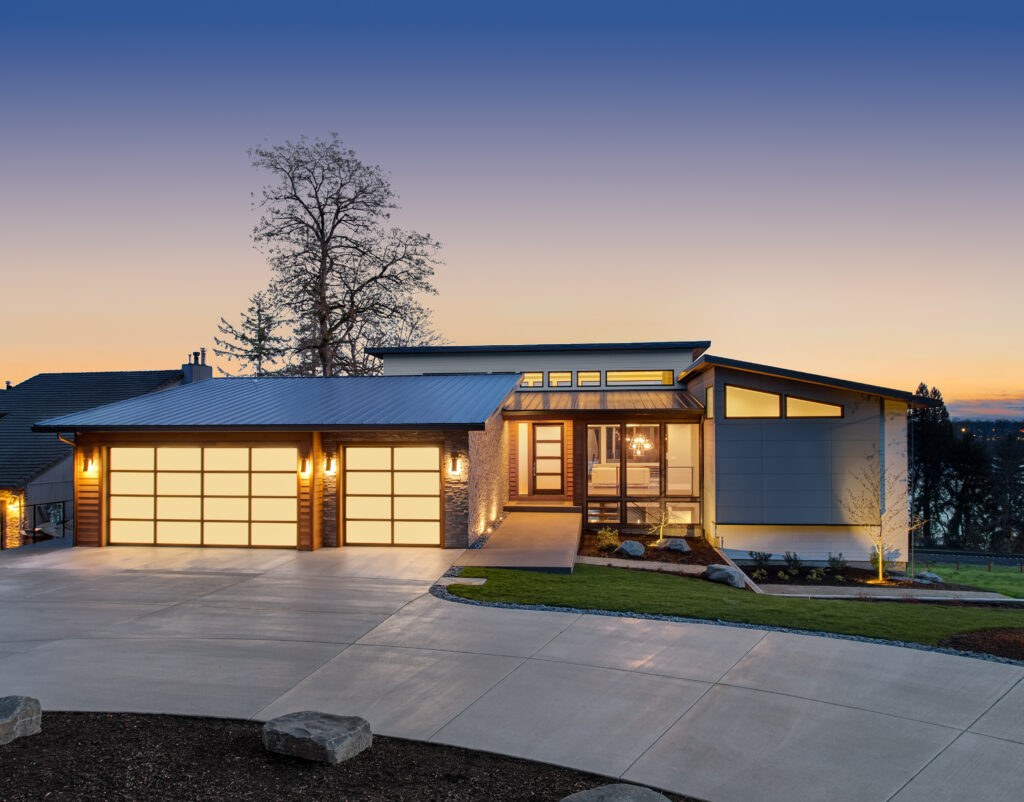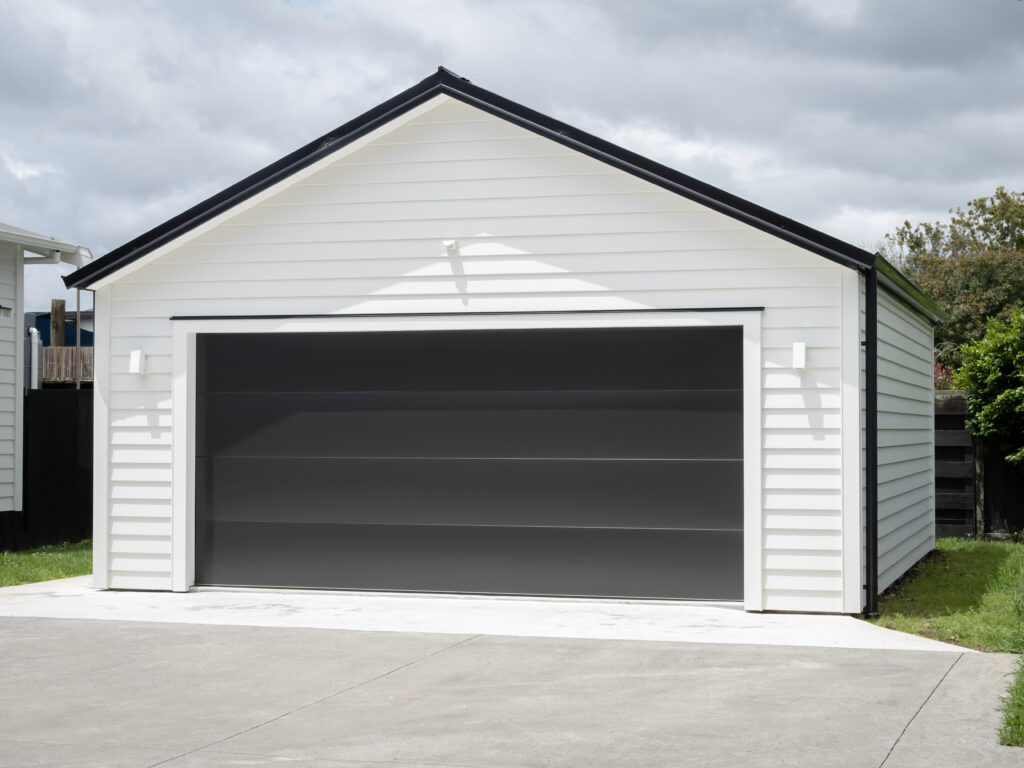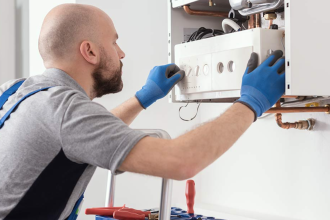Building a metal garage is a fantastic way to add storage space, protect your vehicle, or even create a dedicated workshop. But before you grab your tools and dive in, successful planning is key.
- Define Your Needs and Budget
- Check Local Zoning Regulations and Permits
- Choose the Perfect Location
- Select the Right Size and Style
- Explore Your Foundation Options
- Selecting Your Metal Garage Kit
- Gear Up and Assemble Your Garage
- Anchoring Your Metal Garage Securely
- Installing Doors and Windows
- Finishing Touches
- Parting Words
Here’s a step-by-step guide to ensure your metal garage project goes smoothly, from budgeting and permits to assembly and beyond.
Define Your Needs and Budget
First things first: what will you use your metal garage for? Will it house a car or lawn equipment, or serve as a multi-purpose workspace? Knowing your needs will determine the size, style, and features you need.

Next, crunch the numbers. Metal garages come in a variety of price ranges depending on size, materials, and additional features like doors, windows, and insulation. Factor in the cost of permits, foundation (if required), and any necessary assembly help.
This cost analysis is important not just for traditional metal garages, but also for those who might be considering a trendy option—convert metal building to tiny home. While the basic structure is already there, additional features like insulation, ventilation, and plumbing will need to be factored into your budget.
In both instances, don’t forget to set aside a buffer in your budget for unexpected costs that might arise during construction.
Check Local Zoning Regulations and Permits
Building codes and permit requirements vary by location. Contact your local building department to understand the regulations for constructing a metal garage on your property. They’ll advise you on any permits you need to obtain and guide you through the application process.
Don’t skip this step! Building without a permit can lead to hefty fines and even force you to dismantle your newly built garage.
Choose the Perfect Location
Think strategically about where you’ll place your metal garage. Consider factors like:
Accessibility
Ensure easy access for vehicles and any equipment you plan to store inside.
Drainage
Avoid low-lying areas prone to flooding.
Overhead Clearance
Factor in the height of your vehicle and any additional clearance needed for opening doors or installing lifts.
Proximity to Power Lines and Utilities
Call your local utility companies to locate any underground lines before you start digging.
Setbacks
Maintain the required distance from property lines as dictated by local zoning regulations.
Sketch a simple layout of your property with measurements to visualize the ideal placement for your garage.
Select the Right Size and Style
Metal garages come in a wide range of sizes, from single-car units to spacious multi-car options. When it comes to style, there are options like lean-to styles that attach to an existing structure or classic gable roofs with ample headroom. Think about how the garage will complement your existing home’s aesthetics.

Don’t underestimate the importance of headroom! Factor in the height of your vehicles and any additional clearance you might need for overhead storage or future projects.
Explore Your Foundation Options
The type of foundation you need depends on the size and weight of your metal garage, your soil conditions, and local building codes. Some common foundation options include:
Concrete Slab
This is the most common and durable foundation for metal garages.
Gravel Pad
A gravel pad can be a more affordable option for smaller garages, but it might not be suitable in all climates.
Screw Piles
These are a good option for uneven terrain or areas with poor soil conditions.
Consult with a contractor or foundation specialist to determine the best foundation option for your specific project.
Selecting Your Metal Garage Kit
Once you’ve finalized your plans, it’s time to choose your metal building kit. Reputable metal building suppliers offer a variety of pre-engineered kits with clear assembly instructions.
Here are some key factors to consider when selecting your kit:
Material Thickness
Higher gauge steel indicates a thicker and more durable material.
Wind and Snow Load Ratings
Ensure the kit can withstand the harsh weather conditions in your area.
Warranty
Choose a kit with a comprehensive warranty that covers materials and workmanship.
Compare prices and features from different suppliers before making your final decision.
Gear Up and Assemble Your Garage
Building a metal garage typically requires basic tools like a drill, hammer, level, and wrenches. Depending on the complexity of your chosen kit, you might also need some specialty tools. Make sure you have the proper personal protective equipment like gloves, safety glasses, and sturdy footwear before you begin assembly.
For larger or more complex kits, consider hiring a professional crew to assist with the assembly process.
Anchoring Your Metal Garage Securely
Once the frame of your metal garage is assembled, it’s crucial to anchor it to the foundation. This prevents wind damage and ensures the stability of the structure. The specific anchoring method will depend on your foundation type and local building codes.
Metal garages on concrete slabs are typically anchored using wedge anchors or concrete bolts driven into pre-drilled holes in the foundation. However, for gravel pad foundations, specialized piers or ground anchors might be required to secure the structure.
Installing Doors and Windows
Many metal garage kits come pre-drilled for easy door and window installation. Choose garage doors that suit your needs, like roll-up doors for vehicles or standard swinging doors for pedestrian access.
Consider installing vents near the roofline to promote air circulation and prevent moisture build-up inside your garage. Depending on your intended use, you might want to explore additional features like shelving units, pegboards for tool organization, or overhead lighting.
Finishing Touches
With the structure assembled, anchored, and customized, it’s time to add your finishing touches. You can paint the exterior of your garage to match your home or add a personal touch.
Don’t forget safety! Install smoke detectors and a fire extinguisher inside your garage for added peace of mind.
Also, regularly inspect your metal garage for any signs of wear or tear. Perform routine maintenance like reapplying paint as needed to ensure your garage continues to serve you well for years to come.
Parting Words
Building a metal garage may seem overwhelming, but with careful planning and this step-by-step guide, you can transform it into a rewarding DIY project. From defining your needs to adding the finishing touches, this process empowers you to create a functional and valuable addition to your property.
So, grab your tools, channel your inner builder, and get ready to experience the satisfaction of constructing your very own metal garage—a space that will serve you for years to come.














